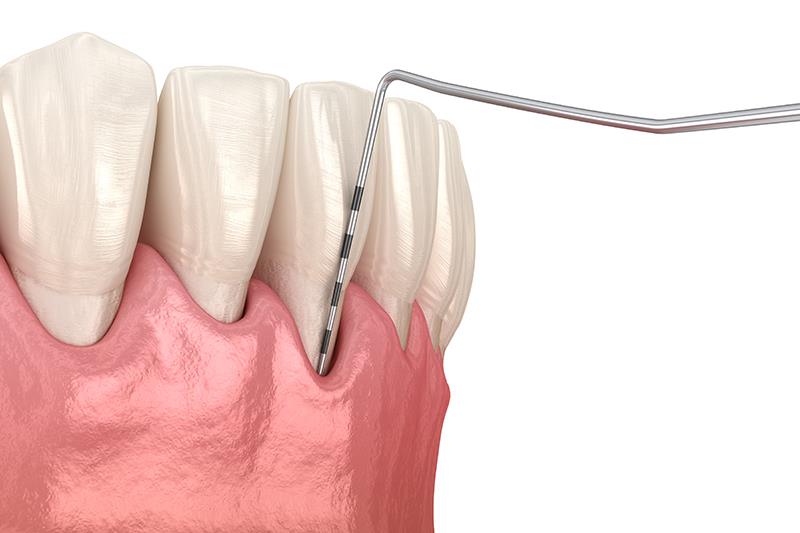Content on this page:
Content on this page:
Overview
As stated in the Introduction
section, diabetic neuropathy is a group of progressive, degenerative conditions
involving autonomic, motor, or sensory peripheral nerves that develop in
patients with diabetes mellitus (DM).
As mentioned in the Epidemiology
section, diabetic neuropathy is the most common chronic complication of
diabetes; its prevalence is a function of disease severity, type, and disease
duration. Further discussions are seen in this section.
The Pathophysiology section states that diabetic neuropathy is
mainly due to the oxidative and inflammatory stress that causes nerve cell
damage.
The Risk Factors
section lists the various modifiable and unmodifiable risks for diabetic
neuropathy. While the Classification section discusses the different forms of diabetic
neuropathies.
 Diabetic Neuropathy_Disease Summary 2
Diabetic Neuropathy_Disease Summary 2History and Physical Examination
The signs and symptoms of diabetic neuropathies are detailed
in the Clinical Presentation
section. As mentioned in the History
section, medical and neurological history should focus on documenting diabetes
management and identifying signs and symptoms of diabetic polyneuropathy and
autonomic neuropathy, including reviewing the patient’s medication history, history
of alcohol use, and other present medical conditions. Other details in history
taking are discussed in this section.
As mentioned in the Physical
Examination section, a comprehensive foot examination and evaluation
of temperature, vibration, and pinprick sensation are recommended. Also
mentioned in this section is the diabetic foot stratification system and the
corresponding screening frequency.
The Screening section emphasizes the importance of early
detection of diabetic polyneuropathy. This section also covers, albeit briefly,
the different screening tests for diabetic autonomic neuropathy.
Diagnosis
The different laboratory tests are discussed in the Laboratory Tests and Ancillaries section.
In the Imaging section, the
different tests for peripheral arterial disease (PAD) are stated.
Other diseases that should be considered in the diagnosis of
diabetic neuropathy are listed in the Differential
Diagnosis section.
Management
The goals of therapy diabetic sensorimotor polyneuropathy or
distal symmetrical polyneuropathy (DSPN) and diabetic autonomic neuropathy are
discussed in the Principles of Therapy
section.
The Pharmacological
Therapy section discusses in
detail treatment options for diabetic neuropathy.
Patient education, lifestyle modification, initial ulcer
management and advanced wound therapies are discussed in the Nonpharmacological section. Alternative
therapies, including psychological approaches are also found in this section.
The Prevention section
mentions various strategies that may delay or prevent the development of
diabetic neuropathy and other complications. Lastly, features warranting a
referral to a specialist are discussed in the Monitoring
section.

